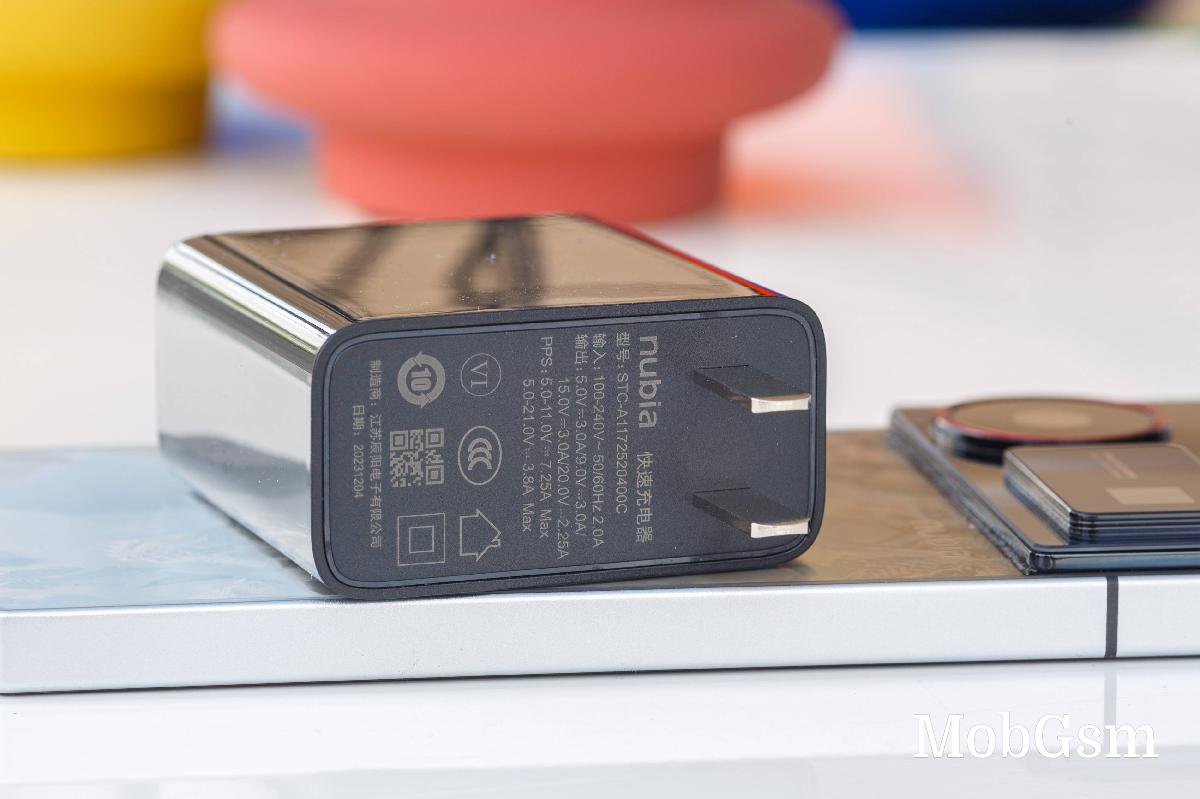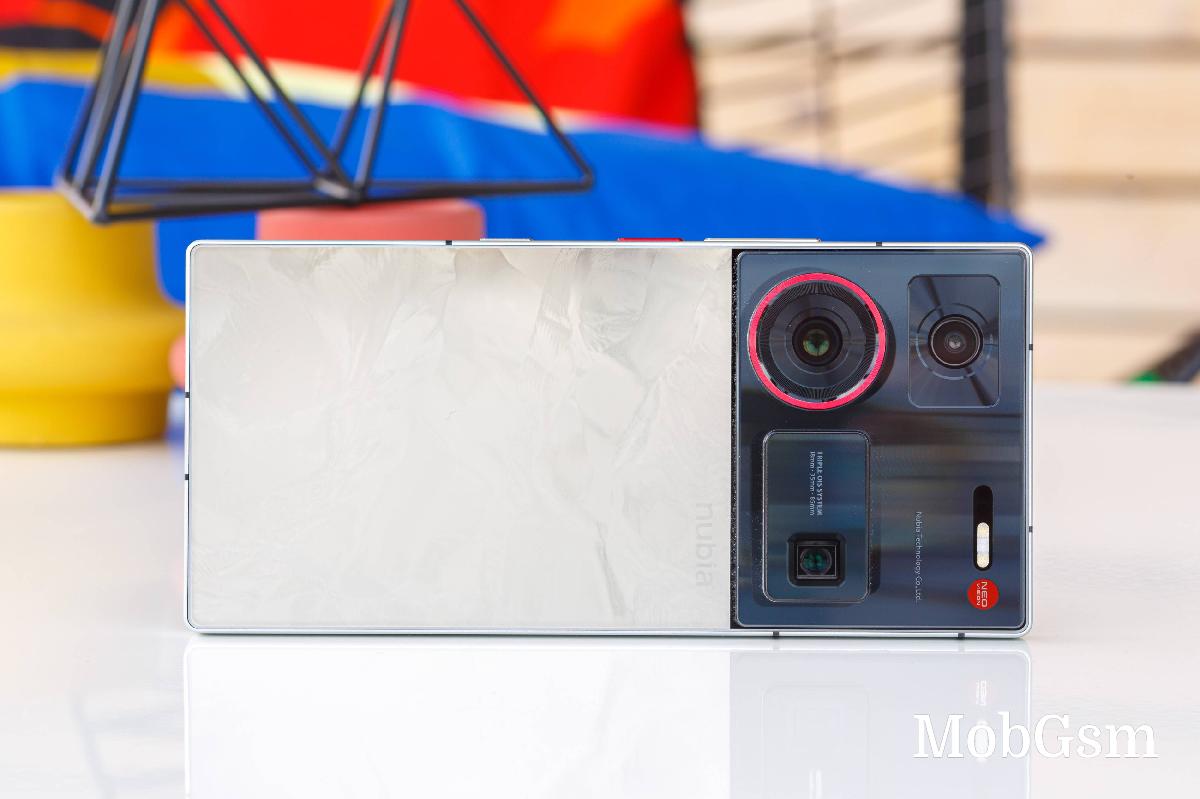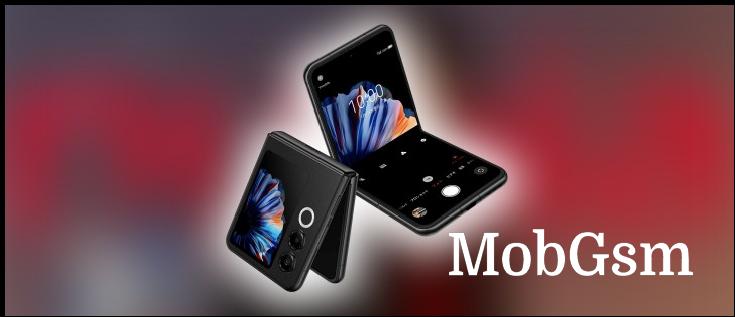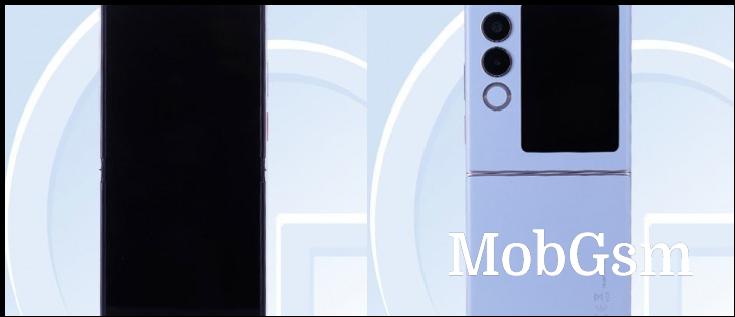nubia Z60 Ultra Leading edition vs. nubia Z60 Ultra

nubia has done a little facelift on the Z60 Ultra, treating us to a new "Leading Version" of the high-end model. This new nubia Z60 Ultra Leading comes with only minor changes in the specsheet and we expect it to eventually replace the "regular" nubia Z60 Ultra on the market as soon as stock of the latter runs out. We figured we"d do something like a comparison between the two models and see what"s changed - sort of an update to the original model"s review, if you will.
Table of Contents:
You can start by comparing the complete specs sheets or you can just head down for our commentary in the following paragraphs.
Size comparison
Physically, the two phones are very similar - the formula remains unchanged and you get a large blocky slab that"s flat on the front and flat on the sides and weighs more than most of the current large-screen foldables. That"s not necessarily a downside, of course, because large size in this case very much means a large display, and there"s also a sizable battery to go with it.

There are a few stylistic touches that set the new model apart from the previous variant. Our Leading Version review unit is in the particularly appealing Silver colorway that has a marble effect and reflects lights in all sorts of flashy ways - it may not be the most incognito option, but it does look pretty striking.

There is another, more subdued alternative for the Leading version - Black, which has a vertical striped pattern on the back and a black frame in place of the silver one on the Silver colorway. Mind you, this black is not the same black as the shimmery black on the regular Z60 Ultra. In any case, the back panel is made of glass, and both versions are IP68-rated for dust and water resistance.
There"s not a lot of subtlety when it comes to the camera cluster, though it"s not looking like nubia was going for it either - it"s more like the centerpiece of the Z60 Ultra"s back, Leading or regular version alike. The relocation of the logo and the reshaping of the ultrawide camera surround barely count as differences.
Display comparison
The displays are the same on the two Ultras - massive 6.8-inch OLEDs with minimal bezels and nearly invisible under-display cameras. nubia didn"t go all out fitting 1440p panels and the resolution is 1116x2480px in a 20:9 aspect ratio. There"s a 120Hz maximum refresh rate and 2160Hz PWM is used for dimming.
We measured the brightness levels on both phones, and got essentially the same results - a little over 1000nits in adaptive brightness mode and around 600nits when maxing out the slider by hand.

The refresh rate handling isn"t the most advanced, with the adaptive adjustment only bringing it down to 60Hz, when the phone is idling - both in the 120Hz mode, and in Auto mode. On a positive note, high frame rate gaming is possible, with both 2D arcade titles and 3D games triggering the 120Hz refresh rate mode and also rendering above 60fps (as reported by the in-house gaming utility).
One thing that"s worth pointing out is that the Leading version does have Widevine L1 and Netflix will serve you FullHD content. Technically, the plain model also has L1 (as per hardware scanning apps), but for whatever reason, Netflix only reads it as L3 and limits the resolution. Either way, there"s no HDR in Netflix, though there is HDR support in YouTube (on both phones).
Battery life
The nubia Z60 Ultra Leading gets the same battery as the regular version and, at 6,000mAh, it"s one of the largest power packs around. As part of testing the new model, we also re-tested the original one side by side, and it got a bit of a downward adjustment from test scores we got when reviewing the phone, but it"s a fairly minor one. The Leading version is, in turn, a little bit behind, but we"re not ones to scoff at a 14+-hour Active Use Score.
Charging speed
When it comes to charging, both phones ship with the same 80W adapter and charge at essentially the same speed - 50 minutes for filling up that 6,000mAh power pack from (almost) flat isn"t too shabby. Mind you, the older model was even quicker when we originally reviewed it (40 minutes to full, 50% in 15 minutes), but as it stands right now, things are slightly different.

Speaker test
The two nubias feature identical speaker setups with a top unit that doubles as an earpiece and fires forward and a bottom speaker that plays through a grille in the frame. Both phones earned a "Very Good" rating for loudness in our testing and sound more or less the same in practice.
Performance
One of the changes from the original Z60 Ultra to the Z60 Ultra Leading Version is the switch from the regular Snapdragon 8 Gen 3, to the slightly overclocked SM8650-AC version of the Qualcomm chip, that comes with a marginally higher CPU frequency ceiling and a nudge in GPU clocks too. This version"s name is translated as "Leading" fronm Chinese, so hence the phone"s name.
Z60 Ultra Leading Version comes with a vast selection of memory configurations for both models, ranging from an 8GB/256GB base variant to 16GB/512GB for the regular and 16GB/1TB for the Leading version (in China there"s also a 24GB/1TB version of either model).
Benchmark performance
The difference in benchmark scores wasn"t necessarily in favor of the Leading version in our testing, with both the Antutu and GeekBench numbers being slightly lower than what we got out of the regular phone. The Leading version did have an advantage in the GPU tests, though it was only on the first runs, while subsequent runs brought the numbers down a little bit quicker than on the vanilla model. Both phones were prone to overheating and relatively heavy throttling.
Camera comparison
One of highlights of the original nubia Z60 Ultra was its main camera; the 50MP main camera used a 35mm-equivalent focal length lens among competitors that are typically around the 23-24mm ballpark.
The Leading version is no different in this respect but notably swaps out the IMX 800 sensor for an IMX 906, which is more or less the same when it comes to the basic properties - the 1/1.56" sensor optical format is the same, the pixel size is still 1.0µm, and the usable resolution remains 50MP. (The old sensor is technically a 1/1.49" 54MP one and has a more unusual aspect ratio, but the Z60 Ultra uses a 50MP 4:3 crop from it.)

The rest of the imaging hardware is unchanged. That includes the 64MP telephoto camera (1/2.0", 85mm) and the 50MP ultrawide (not all that ultra, at 18mm, but with a nice big 1/1.56" sensor).
Not a lot of nice things can be said about the selfie camera, other than the fact that you can barely see it behind the display - it"s not the worst of trade-offs, but if you"re into selfies, perhaps you should avoid either Z60 Ultra.
Image quality
Photo quality from the main cameras remains virtually unchanged despite the new hardware. Detail is very much the same and the processing doesn"t look any different, and neither does the noise performance. There"s a more notable difference in color, specifically in the blue channel, that makes skies more natural on the Leading version.




nubia Z60 Ultra Leading daylight samples, main camera (35mm)




nubia Z60 Ultra daylight samples, main camera (35mm)
When comparing photos from the ultrawide cameras, there isn"t even that one difference to point out - we might as well be looking at photos from the same unit.




nubia Z60 Ultra Leading daylight samples, ultrawide camera (18mm)




nubia Z60 Ultra daylight samples, ultrawide camera (18mm)
Examining the results from the telephotos, we"d say things are very similar, though the new model"s photos have a bit of an added crispiness.




nubia Z60 Ultra Leading daylight samples, telephoto camera (85mm)




nubia Z60 Ultra daylight samples, telephoto camera (85mm)
In low light, the change of main camera sensor once again doesn"t affect image quality in any meaningful way. There"s still great contrast and wide dynamic range and white balance remains dependable. There"s a smidge of extra sharpness on the new model in certain scenes, but it"s not a dramatic (or universal) improvement.




nubia Z60 Ultra Leading low-light samples, main camera (35mm)




nubia Z60 Ultra low-light samples, main camera (35mm)
The ultrawide cameras produce essentially the same photos, with only the occasional faint difference in exposure or white balance.




nubia Z60 Ultra Leading low-light samples, ultrawide camera (18mm)




nubia Z60 Ultra low-light samples, ultrawide camera (18mm)
There"s somewhat of a more readily observable edge in sharpness on the telephoto camera of the Z60 Ultra Leading, though it"s still not something that can be considered a true advantage.




nubia Z60 Ultra Leading low-light samples, telephoto camera (85mm)




nubia Z60 Ultra low-light samples, telephoto camera (85mm)
Here"s a couple of selfies from both phones - just for completeness" sake, not because we consider them worth showing.




Selfie samples: Z60 Ultra Leading • Z60 Ultra
Video quality
Somewhat unexpectedly, the Z60 Ultra Leading version produces quite differently looking videos compared to those we got out of the regular Z60 Ultra. nubia has upped the sharpening considerably and the new model"s footage has a very artificial rendition next to the quite reasonably processed output of the previous model. That applies to all three cameras, but it"s not as pronounced on the telephoto as it is on the other two cameras. We"d say the old model has slightly more appealing colors too.



nubia Z60 Ultra Leading daylight video samples: 18mm • 35mm • 85mm



nubia Z60 Ultra daylight video samples: 18mm • 35mm • 85mm
In the dark, the Leading version is also trailing the original model in video quality, with output that"s generally noisier without any benefits to make up for it.



nubia Z60 Ultra Leading low-light video samples: 18mm • 35mm • 85mm



nubia Z60 Ultra low-light video samples: 18mm • 35mm • 85mm
Verdict
Meant less as a piece to help you pick one or the other, this nubia Z60 Ultra comparison was coined rather to examine the evolution of the model. While nubia"s website keeps listing both variants for sale, we"re inclined to believe that the new Leading version will become the only option as time passes and stock of the previous version depletes.

It"s not necessarily better than the model it"s looking to replace though. Video quality has taken a hit, rather surprisingly. The chipset"s minor superiority on paper doesn"t translate into any real benefits either, and battery life, while indeed excellent, is still not as good as on the original version. A case could be made for the new model"s more interesting back panel options, but that"s hardly a deciding factor, is it?
In any case, there aren"t a whole lot of differences so if you"ve been eyeing up a Z60 Ultra, the Leading version should keep you happy. Battery life to spare, fast charging, large and uninterrupted display, and a camera system unlike any other with pretty great photo quality across the board (minus selfies, that is) - the Leading edition retains the strong points of the OG model.
















